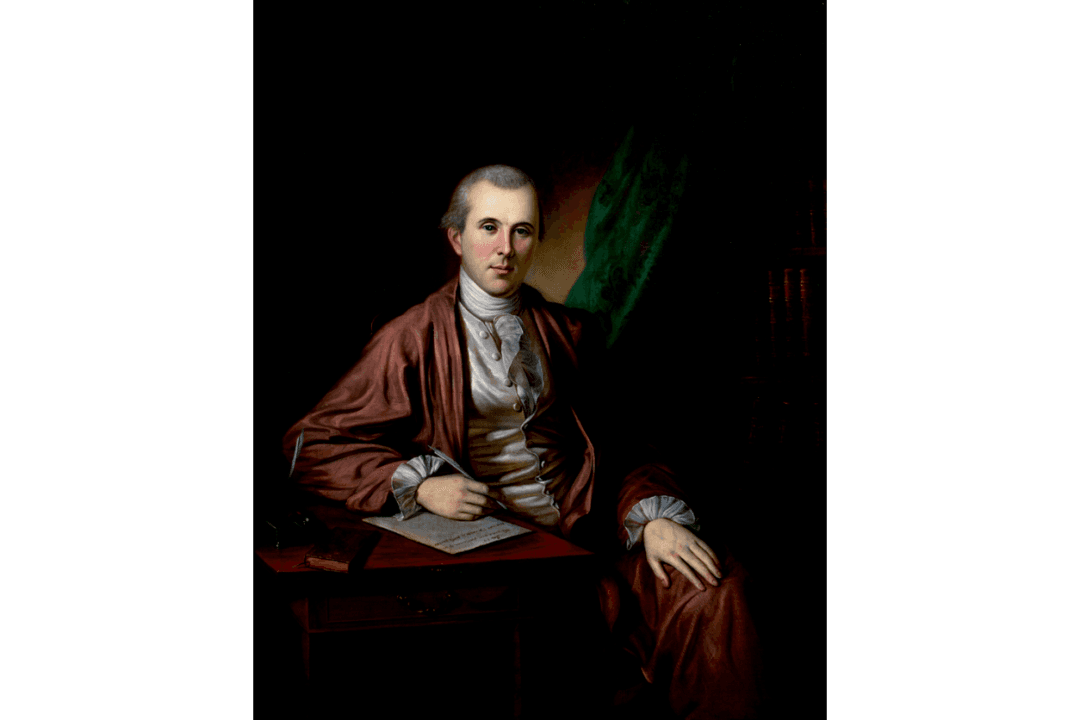People today likely remember the “Peanuts” TV specials better than Charles Schulz’s comic strips. He wrote the script for “A Charlie Brown Christmas” himself, and as his Christian faith was very important to him, he made the climax of the program Linus reading from the Gospel of Luke. The special was an instant success, and many families still enjoy it every year. However, it was his comic strips that brought him fame.
“My dad was always a great comic strip reader, and he and I made sure that all four newspapers published in Minneapolis–St. Paul were brought home. I grew up with only one real career desire in life, and that was to someday draw my own comic strip,” Schulz, creator of the “Peanuts” comic strip, wrote in his autobiography. His comic strip entertained thousands of people for decades with the adventures of Charlie Brown, Snoopy, and their friends. However, his path to becoming a cartoonist was anything but easy.
Schulz loved drawing from a young age. Since he grew up during the Great Depression and his father didn’t make a great deal of money as a barber, Schulz practiced drawing on old, leftover paper removed from scrapbooks. He studied the comics in the papers and used what he learned in his own drawings. One day in school, he drew a picture of a man shoveling snow, but then he included a funny addition—a palm tree! When his teacher saw the drawing, she declared that he would become an artist one day.

Schulz’s first work was published when he was just 14 years old. He drew a picture of his dog, Spike, and sent it to Believe It or Not! The picture ran on February 22, 1937. Though this drawing looked different from Schulz’s famous beagle, Snoopy was also inspired by his childhood pet.
“I am really a comic strip fanatic and always have been,” Schulz wrote in his autobiography. “I was a great fan of Buck Rogers, Popeye, and Skippy.”
However, even as a teenager, Schulz faced rejection. He drew some cartoons for the yearbook while he was in high school, but when he received his yearbook, Schulz realized that the teacher who requested the cartoons decided not to publish them. Though he was deeply disappointed, Schulz persevered.

Perseverance Pays Off
After high school, he completed a program at a local art school, but he then put his dreams on hold to serve in the Army during World War II. After the war, Schulz returned to Minnesota and worked a variety of jobs to pay the bills while he continued to draw and try to sell his cartoons. His comic strip “Li’l Folks,” the comic strip that would one day become “Peanuts,” appeared in the St. Paul Pioneer Press. Unfortunately, “Li’l Folks” wasn’t immediately successful. After three years, the paper no longer wanted to publish the comic.Though Schulz continued to face a number of rejections, a few acceptances helped raise his spirits. He even sold one of his cartoons to the Saturday Evening Post. Finally, Schulz sent his cartoons to the United Feature Syndicate. They liked his work but didn’t like the name “Li’l Folks.” Instead, they wanted to call the comic strip “Peanuts,” perhaps because “The Howdy Doody Show” seated children onstage in the Peanut Gallery. Schulz never liked the name but agreed to it to get his work in print.

On October 2, 1950, “Peanuts” appeared for the first time, running in seven newspapers. The strip only grew from there, eventually achieving national and international fame. Schulz loved his work and found much inspiration for his comic from his own life. One example is Lucy’s prank of pulling the football away at the last second, causing Charlie Brown to fall flat on his back.
“It all started, of course, with a childhood memory of being unable to resist the temptation to pull away the football at the kickoff,” Schulz wrote in his autobiography. “We all did it, we all fell for it.”
Newspapers published “Peanuts” for decades, but after nearly 50 years, Schulz retired due to health reasons. He passed away on February 12, 2000, and his final comic strip appeared the next day. For five decades, Schulz held the job he had always dreamed about and, as he explained in his autobiography, in some ways felt was inevitable. “To me it was not a matter of how I became a cartoonist but a matter of when,” he wrote. “I am quite sure if I had not sold ‘Peanuts’ at the time I did, then I would have sold something eventually; even if I had not, I would continue to draw because I had to.”





